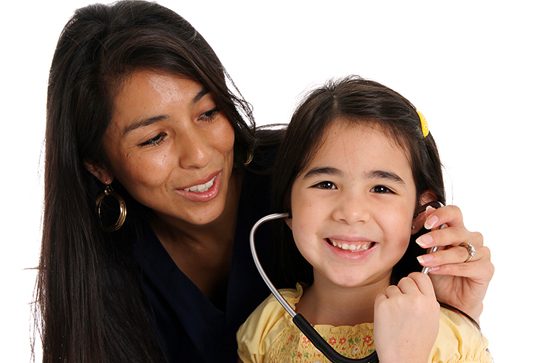Across the nation, the same healthcare trend is reinforced over and over again: a small portion of all patients disproportionately account for a vast amount of expenditures in money, time, and resources. Several important aspects of this problem become clear when we zero in on this population. What do they have in common? Generally, they have more complex health needs than your average patient. These individuals often suffer from chronic diseases, such as diabetes or obesity; experience financial, food, and/or housing insecurity; as well as mental health problems such as depression.
Part of the problem is that these patients’ needs touch upon many different fields and areas of expertise, and the resources to address them are, in the traditional healthcare system, acting independently and in ignorance of one another. Often, these resources will attempt to reactively address symptoms and emergencies without knowledge of the other factors impacting the individual, resulting in unnecessarily expensive and ineffective care.
Medical providers may be aware that these issues exist in their patients’ lives, but they are not always well equipped on their own to handle them. They may not know how to address the issues or resolve them, and because of the pressing, immediate needs of their patients, many of these issues go unaddressed.
This is probably not new information to anyone. These problems are visible in communities all over the country. But what can we do about it?
One solution that promises not only increased efficiency and decreased cost but also better outcomes for these individuals is engaging in community care coordination. When medical providers focus on connecting with social service providers, the resources that were once isolated from one another can now communicate and coordinate. They are then able to form joint strategies to address the underlying problems from which these individuals suffer. The availability of social determinant data helps medical providers recommend care that is tailored to the unique needs of the patient. At the same time, community partners benefit from seeing an individual’s health history prior to recommending support services.
One important example of this model is MassHealth’s new health reform. Beginning in June, as part of a 5-year Medicaid waiver, MassHealth will connect accountable and managed care organizations with behavioral health and social programs, called community partners. By so doing, these organizations will be able to align the various services needed to treat the whole person and alleviate the true cause of many of these peoples’ problems—thus helping stabilize these individuals.
For example, a MassHealth-insured individual suffering from housing insecurity, diabetes, and depression could now, through the state’s care coordination network, be matched with a housing authority, a program to help her with depression, and care managers who could follow up with her to help her take her medication regularly to prevent a health emergency.
“The bottom line is, it’s care coordination,” said Michael Siebold, director of community services at Alternatives, an organization aimed at providing behavioral health and long-term services. “If these providers aren’t talking to each other, [these individuals] end up in the ER. One of the jobs of the care coordinator is to know all of the services that are out there and make sure these MassHealth recipients are hooked up with everything they need. This ties it all together.”
So how can your community get started on a program like MassHealth’s?
First of all, it’s important to develop a strategic plan to put your organization’s goals into action. As you’re thinking about how to go about this, consider the following:
- Provide local leaders with initiatives to optimize local healthcare and social services delivery, encouraging creative and top-down involvement focused on pooling all community resources, while also reducing duplicative systems.
- Make the community part of the planning process. Healthcare is often funded, whether that’s at the payer level or the hospital level, in ways that a lot of other social service-oriented institutions aren’t. Healthcare organizations must build relationships with communities before they can roll out integrated strategies. Collaborating with the community is crucial—showing up in places where people are addressing housing or income or isolation, and looking creatively at what we can do with the health system. How can we apply our resources to these problems? It’s critical to include in these conversations those people who can present those points of view and perspectives to help shape decisions.
- Align goals around population health, and special groups that the organization would like to target for intervention while staying open to new ideas, technologies and models that will improve the overall health of the community.
It’s true that care coordination efforts may not altogether eliminate negative social health determinants such as homelessness and food insecurity, nor utterly end individuals’ complex medical needs, but it can and will help communities better and more effectively address these problems. In order to make this a reality and improve the health of the whole community, healthcare organizations and community providers must join forces to develop a strategic plan that focuses on treating the whole person.
BLOG Resources
https://catalyst.nejm.org/social-determinants-of-health-how-much-understand/



